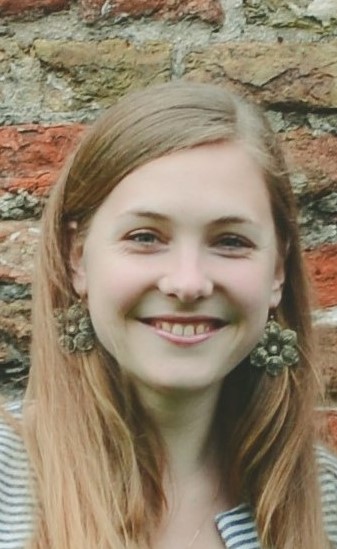What is your area of research specialism and what attracted you to it?
Brain damage resulting from preterm birth and consequent disabilities, health problems, and societal issues affect many millions of families around the globe. As a postdoctoral researcher in the team of Doctor Cora Nijboer, I aim to reduce all of these negative consequences of brain damage due to preterm birth by designing and optimising treatments. Furthermore, together with the team I want to understand why and how this stem cell treatment works, and why it works for some preterm babies but not for others.
Only recently I started to work in this interesting field; I started my research career in the more fundamental field of translational neuroscience on deciphering the neural circuits related to feeding behaviour. While it was really interesting to get to know how our brain works, for a next step I looked for a position with higher societal impact of my work. Given the enormous number of babies affected by brain damage due to preterm birth and the gigantic timespan during which their health could be improved – being their entire life! – social relevance of my current research is more than obvious. Babies born prematurely currently have no real treatment options available and are in big need of an optimised and personalised treatment, which I would love to help discover.
What has been your proudest research accomplishment so far?
Since I recently made the transition to the study of preterm birth-related brain damage, my proudest research accomplishment relates to my previous research field. As a team, we were able to successfully combine chemogenetics with fMRI (Functional Magnetic Resonance Imaging). Chemogenetics is a technique with which we could specifically activate certain neurons, and with fMRI we were able to measure the whole brain effects of this local activation. This provided us with novel insights into the working mechanism of the neural circuit targeted. Furthermore, we felt that this study formed one of the first bridges between clinical and preclinical research in that field. During our work in the PREMSTEM project I hope – and believe – that we can accomplish even greater goals by truly translating our research into an optimal and clinically available treatment to repair the brains of preterm babies.
What is the most important question you want to address in your research?
There are many questions that I want to answer in my research. Especially since I am new to the field, there are many questions to choose from. The most important question though, if I were to choose, would be which type of stem cell treatment would be most optimal for a specific baby and why. If we can give preterm babies optimised and personalised stem cell treatment, because we know exactly how these stem cells work in order to reduce brain damage, we can possibly reduce suffering and provide the babies and their families with the best opportunities to live healthy lives.
What is your lab’s role on the PREMSTEM project?
With the team of Doctor Cora Nijboer we are delving into how stem cells contribute exactly to endogenous brain repair after preterm birth-related insults. Besides this in vitro research, we will be testing a battery of different stem cell treatment options in two small animal models, to assess the optimal timing, dosing, and route of application of stem cells to repair brain damage after preterm birth. These rat models mimic different aspects of preterm birth, thereby allowing us to test if our therapy is more suited for a specific type of brain damage resulting from preterm birth.
What is innovative about PREMSTEM? Why is this research important?
A truly innovative thing about PREMSTEM is that we are many experienced researchers from different corners of the premature research field. Some of us have excellent in vitro expertise, while others are real in vivo experts in small or large animal models. PREMSTEM is well designed and covers the entire pipeline needed to translate knowledge about working mechanisms of stem cell treatment via preclinical models into clinical available treatment options for preterm babies.
What is the most significant outcome you hope PREMSTEM can achieve?
Personally, I would be satisfied with our results if at the end of PREMSTEM we can give preterm babies the most optimal treatment in a personalised way, meaning that depending on their specific pathology we can offer them the most suitable type of stem cell treatment to prevent further brain damage and hopefully repair potential brain damage that has already occurred. This would potentially improve their health outcome and would be of great value for the babies, their families, and society.






